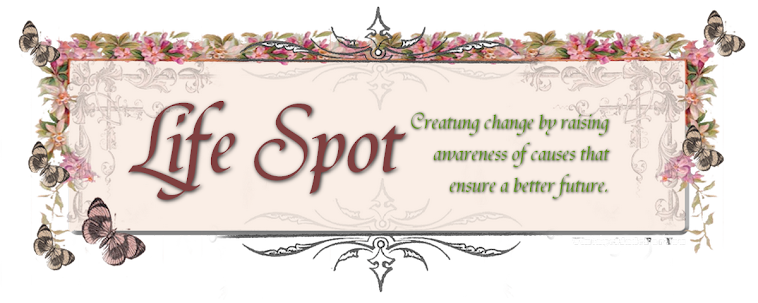While the Mother’s Day that we celebrate on the second Sunday in May is a fairly recent development, the basic idea goes back to ancient mythology—to the long ago civilizations of the Greeks and Romans.
The Greeks paid annual homage to Cybele, the mother figure of their gods, and the Romans dedicated an annual spring festival to the mother of their gods.
MOTHERING SUNDAY
In 16th century England a celebration called “Mothering Sunday” was inaugurated—a Sunday set aside for visiting one’s mother. The eldest son or daughter would bring a “mothering cake,” which would be cut and shared by the entire family. Family reunions were the order of the day, with sons and daughters assuming all household duties and preparing a special dinner in honor of their mother. Sometime during the day the mother would attend special church services with her family.
 JULIA WARD HOWE
JULIA WARD HOWE
Here in America, in 1872, Julia Ward Howe, a famous poet and pacifist who fought for abolition and women’s rights, suggested that June 2 be set aside to honor mothers in the name of world peace. This happened not long after the bloody Franco-Prussian War after which Howe began to think of a global appeal to women.
The idea died a quick death. Nothing new happened in this department until 1907, when a Miss Anna M. Jarvis, of Philadelphia, took up the banner.
ANNA M. JARVIS
After her mother died in 1905, Miss Anna Jarvis wished to memorialize her life and started campaigning for a national day to honor all mothers.
Her mother, known as “Mother Jarvis,” was a young Appalachian homemaker and lifelong activist who had organized “Mother’s Work Days” to save the lives of those dying from polluted water. During the Civil War, Mother Jarvis had also organized women’s brigades, encouraging women to help without regard for which side their men had chosen. At the time, there were many special days for men, but none for women.
On May 10, 1908, a Mother’s Day service was held at a church in Grafton, West Virginia, where Anna’s mother had taught. Thus was born the idea that the second Sunday in May be set aside to honor all mothers, dead or alive.
Anna Jarvis, bombarded public figures and various civic organizations with telegrams, letters, and in-person discussions. She addressed groups large and small. At her own expense, she wrote, printed, and distributed booklets extolling her idea.
Her efforts came to the attention of the mayor of Philadelphia, who proclaimed a local Mother’s Day. From the local level she went on to Washington, D.C. The politicians there knew a good thing when they saw it and were quick to lend verbal support.
West Virginia was the first state to officially adopt the holiday, and others followed suit. Proclamation of the day by the various states led Representative J. Thomas Heflin of Alabama and Senator Morris Sheppard of Texas to present a joint resolution to Congress that Mother’s Day be observed nation-wide. The resolution was passed by both houses.
MOTHER’S DAY TODAY
In 1914, President Woodrow Wilson signed a bill designating the second Sunday in May as a legal holiday to be called “Mother’s Day”—dedicated “to the best mother in the world, your mother.”
For the first few years, the day was observed as a legal holiday, but in absolute simplicity and reverence—church services were held in honor of all mothers, living and dead.
In many ways family observance much resembled that of the British version of “Mothering Sunday.”
SOURCE:
The 1972 Old Farmer's Almanac




